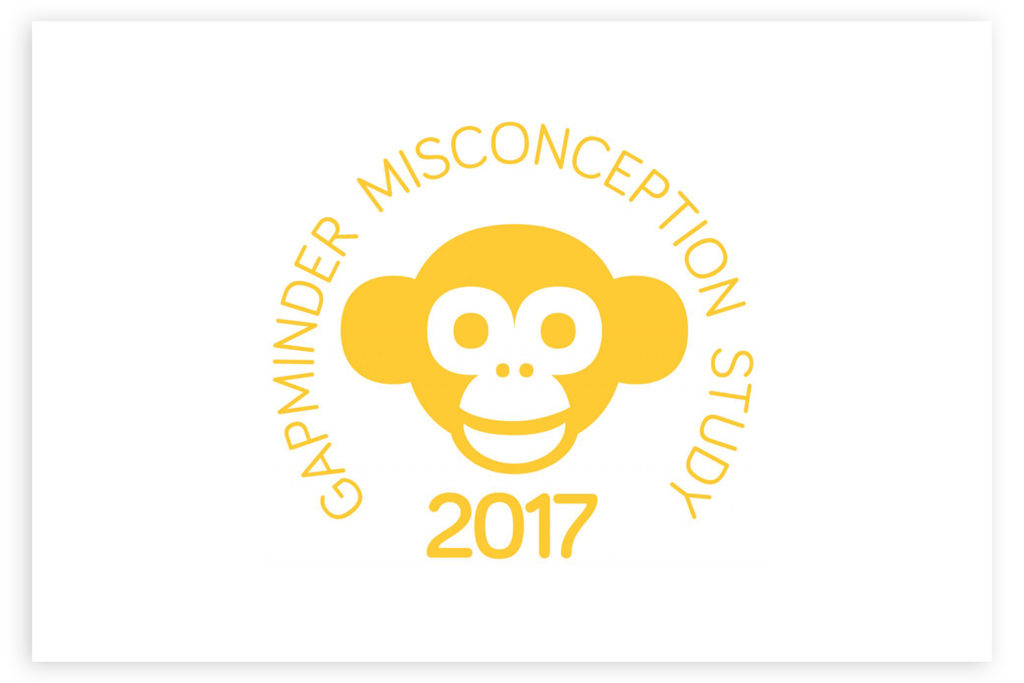
Each figure represents 1 billion people
 A. 1-1-1-4 (4 billion in Asia)
A. 1-1-1-4 (4 billion in Asia) B. 1-1-2-3 (2 billion in Africa)
B. 1-1-2-3 (2 billion in Africa) C. 2-1-1-3 (2 billion in the Americas)
C. 2-1-1-3 (2 billion in the Americas)
Correct answer
According to the UN’s Population Prospects data, the world’s population is divided up like this: 1 billion people in the Americas, 1 billion in Europe, 1 billion in Africa, and 4 billion in Asia. You can find the full dataset (compiled by Gapminder) here.
Why the Wrong Answers are VERY Wrong
B) 1-1-2-3 (2 billion in Africa)
Most people in the richest countries have been bombarded with images of overcrowded African cities. But the truth is, Africa ISN’T overcrowded. The entire African continent—which accounts for more than 20% of the world’s land area—contains just 1 billion people, or slightly more than 13% of the world’s population.
C) 2-1-1-3 (2 billion in the Americas)
Despite how much we all hear about the US, most people don’t live there. In fact, the US only accounts for a little under 4.3% of the world’s population. Even when you add the populations of South America and Canada—bringing the total to around 1 billion people—the Americas still only account for just over 13% of the world’s population.
The ignorance we found
Only 28% of our respondents picked the correct map.
And there’s nothing to celebrate in the country-specific results, either. Australia were the top performers (if you can call it that) with 34% correct answers, while Belgium brought up the rear with just 21%.

So if not the correct answer, what did people choose? Well, it turns out that half of our respondents thought there were 2 billion people in Africa, while almost a quarter thought there were 2 billion in the Americas.
Needless to say, all of them were VERY wrong.
Why do people pick the wrong answer?
Humans have what we like to call the “size instinct”, which causes us to overestimate the size and importance of things we can see. On the flip side, it causes us to underestimate the size and importance of things we can’t see.
So how do most of us find out about what’s happening in the world? Through the media. And what parts of the world are typically covered by the media? Well, a great deal of coverage is centered on:
- The Americas (mainly because they dominate popular culture and politics); and,
- Africa (mainly through media imagery of people living in overcrowded cities and abject poverty)
As a result, most people have an unrealistic view of the importance (and population) of those parts of the world.
On the other hand—and for a whole variety of reasons—the media in the countries we surveyed rarely covers countries in Asia. The result? People assume it’s smaller and less important than it really is.

